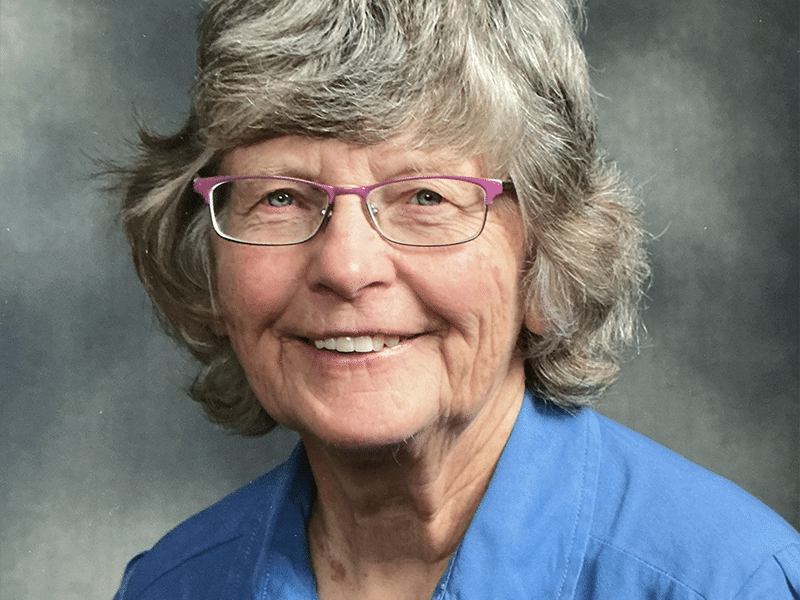1oo Stories

People
A Trailblazing Woman Behind Chesapeake Science

When Carolyn Keefe began her career at the University of Maryland Center for Environmental Science (UMCES) in 1967, being a woman in science meant navigating a field that didn’t always make room for you. Hired as a faculty research assistant—alongside a male colleague with identical qualifications—Keefe learned she was paid significantly less. But her work in the lab was still where she thrived.
“I loved my job,” she recalled. “It was very analytical.” Keefe spent decades at UMCES supporting groundbreaking research into Chesapeake Bay water quality. Her work centered around filtering water samples—capturing particles like clays, silts, phytoplankton, and algae—to measure carbon, nitrogen, phosphorus, silica and track what was affecting the Bay’s health in the dissolved portion of the samples, too. As technology advanced, she witnessed a dramatic transformation: where they once processed 20 samples a day, new instruments allowed for 20 an hour.
Her data formed the backbone of some of UMCES’s most important environmental assessments, including the first Chesapeake Bay Report Cards. “What I liked most was seeing my data used,” she said.
One event that stands out in her memory is Hurricane Agnes in 1972. “The Bay looked strange for most of the summer—muddy, full of debris. We saw bowling pins, canoes floating by. It was like nothing we’d ever seen.”
Though her time at UMCES was occasionally interrupted by the ebb and flow of grant funding, Keefe built a lasting legacy, rising to the role of Senior Faculty Research Assistant. She served for six years as Treasurer of the Coastal and Estuarine Research Federation, receiving its Distinguished Service Award in 2009.
Through her lab work, her service to the scientific community, and her quiet resilience, Carolyn Keefe helped shape the field of environmental science—and paved the way for the next generation of women in the lab.






